All Provinces
Exploring Eth Pokuna: An Ancient Marvel in Anuradhapura, Sri Lanka
Located in the heart of Sri Lanka’s ancient capital, Anuradhapura, Eth Pokuna (Elephant Pond) stands as one of the lesser-known yet remarkable wonders of ancient hydraulic engineering. This vast man-made pond reflects the ingenuity of Sri Lanka’s early inhabitants and offers travelers a unique glimpse into the past. In this article, we will explore everything you need to know about Eth Pokuna—from its historical significance to how you can make the most of your visit.
Historical Significance of Eth Pokuna
Anuradhapura, a UNESCO World Heritage Site, was the first established kingdom in Sri Lanka, thriving between 377 BC and 1017 AD. Ethu Pokuna, believed to date back to this era, is a testament to the advanced water management systems that supported the city’s monasteries, temples, and the vast population.
The name “Eth Pokuna” translates to “Elephant Pond” in Sinhala. However, its immense size suggests it was not meant for elephants but instead was used to supply water to the Abhayagiri Monastery, one of the major monastic complexes in Anuradhapura. Eth Pokuna, measuring 159 meters in length, 52.7 meters in width, and around 9.5 meters deep, is one of the largest ancient man-made ponds in Sri Lanka. The structure was designed to store water throughout the dry season, highlighting the architectural and engineering capabilities of ancient Sri Lankan civilization.
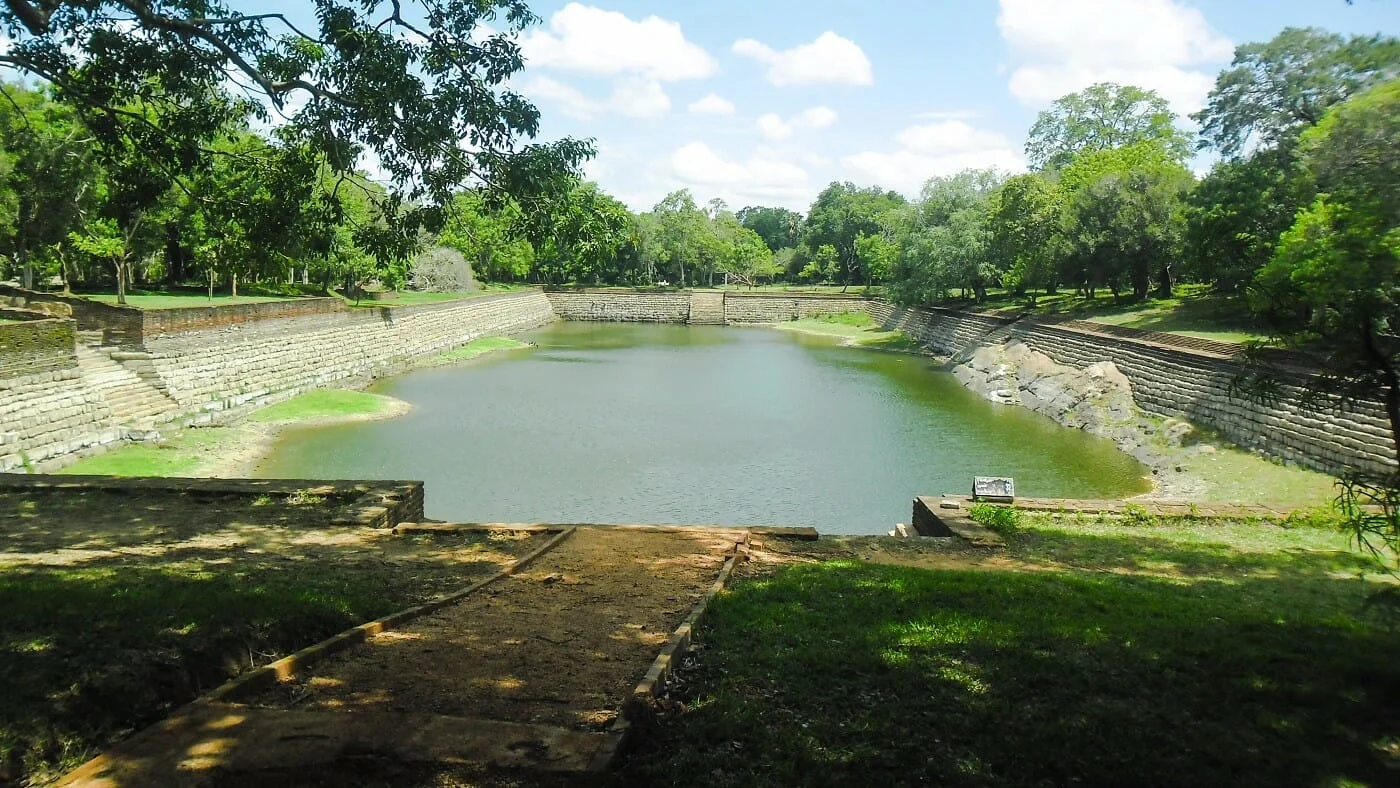
Architectural Features
Eth Pokuna’s massive dimensions make it one of the largest tanks (ancient reservoirs) ever built. The pond’s stone-lined walls are intricately designed to withstand the test of time and the changing weather conditions of the region. The strategic placement of sluice gates allowed for efficient water distribution while maintaining a stable water level.
One of the most interesting aspects of Eth Pokuna is its connection to other hydraulic systems within Anuradhapura. The tank is part of an extensive network of water bodies, including canals and reservoirs, which irrigated the surrounding farmlands and provided water for the city’s monasteries.
Visiting Eth Pokuna: What to Expect
Location and Accessibility
Eth Pokuna is located within the Abhayagiri Monastery complex in Anuradhapura, making it easily accessible for visitors exploring the other nearby ruins. It is approximately 3.5 kilometers from the main entrance of the Abhayagiri site. If you’re visiting from Anuradhapura city, it’s a short drive of about 10-15 minutes.
Best Time to Visit
The ideal time to visit Anuradhapura, and consequently Eth Pokuna, is during the dry season from May to September. The weather is more pleasant, with lower chances of rain, allowing you to fully appreciate the grandeur of the pond and the surrounding ruins. Visiting early in the morning or late in the afternoon can also help you avoid the midday heat.
Tips for Visitors
- Wear comfortable shoes: Exploring the Eth Pokuna area requires a fair amount of walking, so comfortable footwear is essential.
- Bring water: While the pond represents ancient hydraulic mastery, the area can be quite hot and dry, so it’s advisable to bring plenty of water.
- Respect the site: As with any historical site, it’s important to treat Ethu Pokuna and its surrounding ruins with respect. Avoid littering and stay on designated pathways to protect the ancient structures.
Nearby Attractions
Eth Pokuna is located near several key attractions within Anuradhapura:
Jethawanaramaya Stupa: Another massive stupa nearby, this is one of the most significant religious sites in Sri Lanka.
Abhayagiri Stupa: One of the largest stupas in the world, standing 75 meters tall.
Samadhi Buddha Statue: A serene statue of the Buddha in deep meditation.
Kuttam Pokuna (Twin Ponds): Another example of ancient water engineering, featuring two smaller but intricately designed ponds.
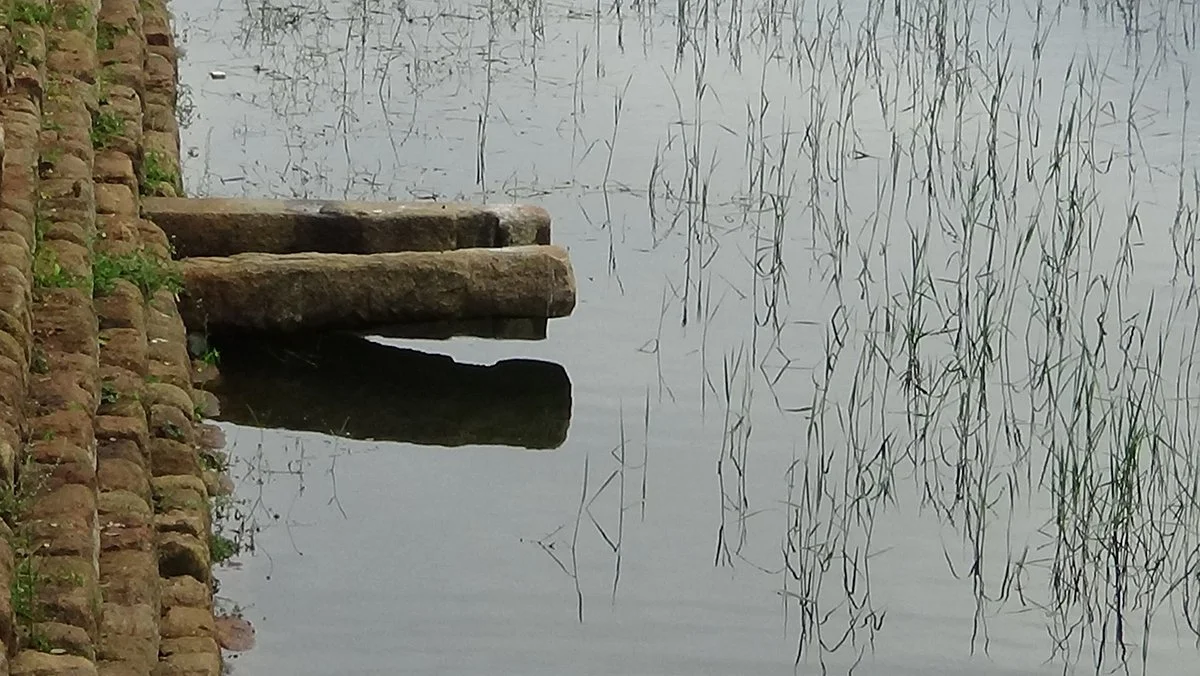
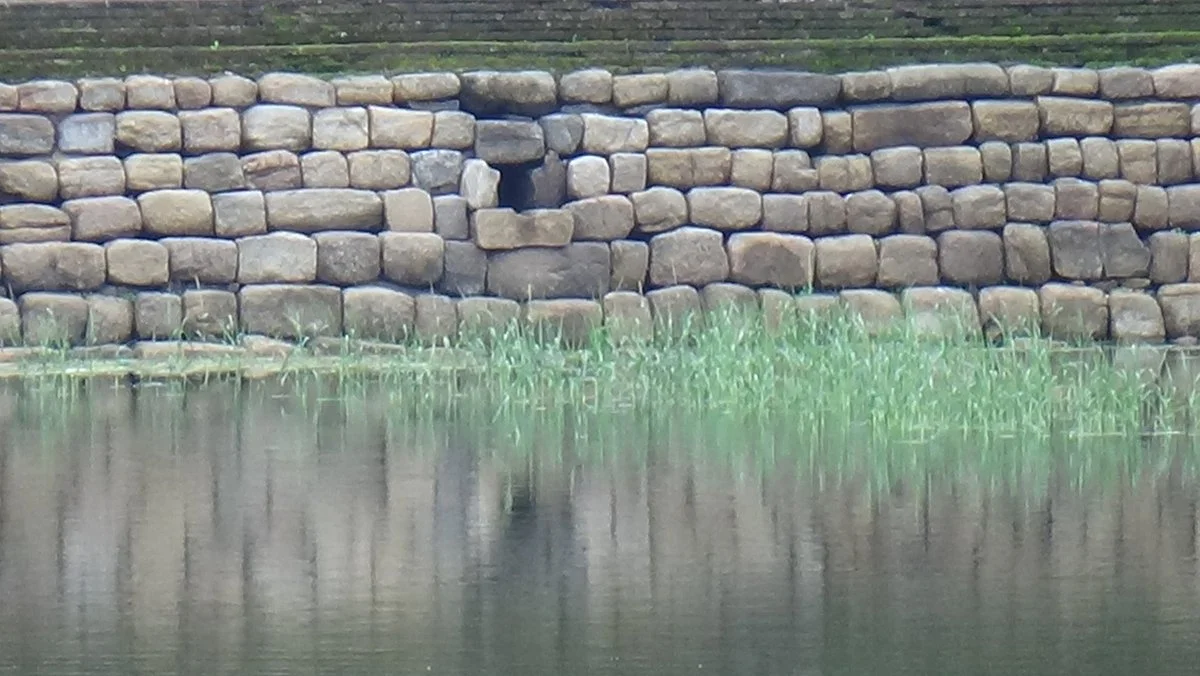
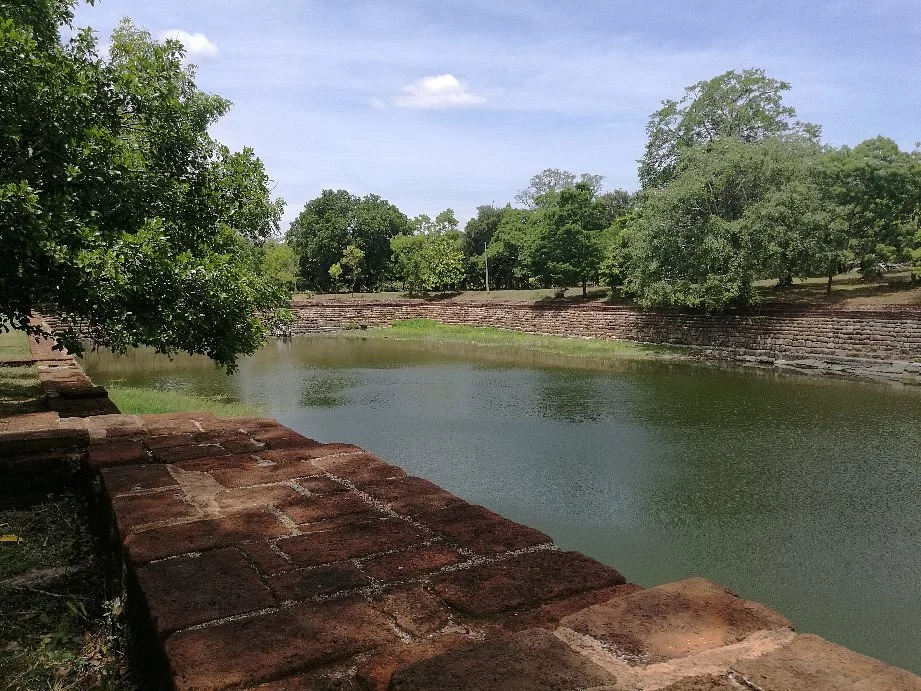
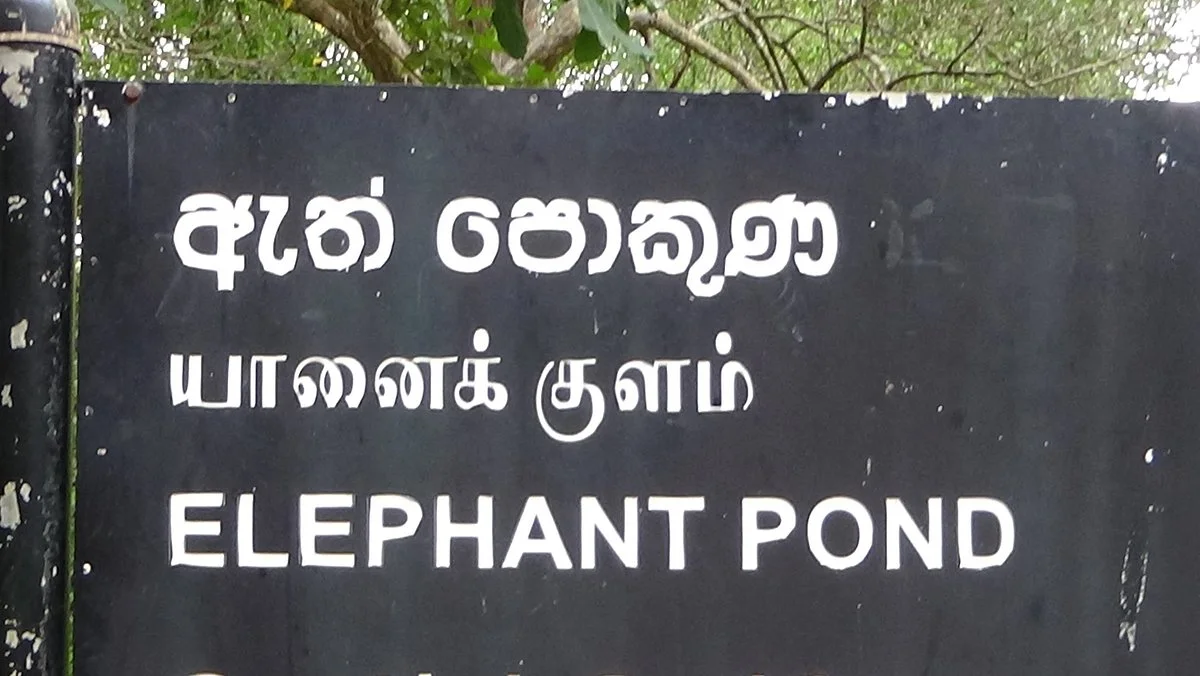
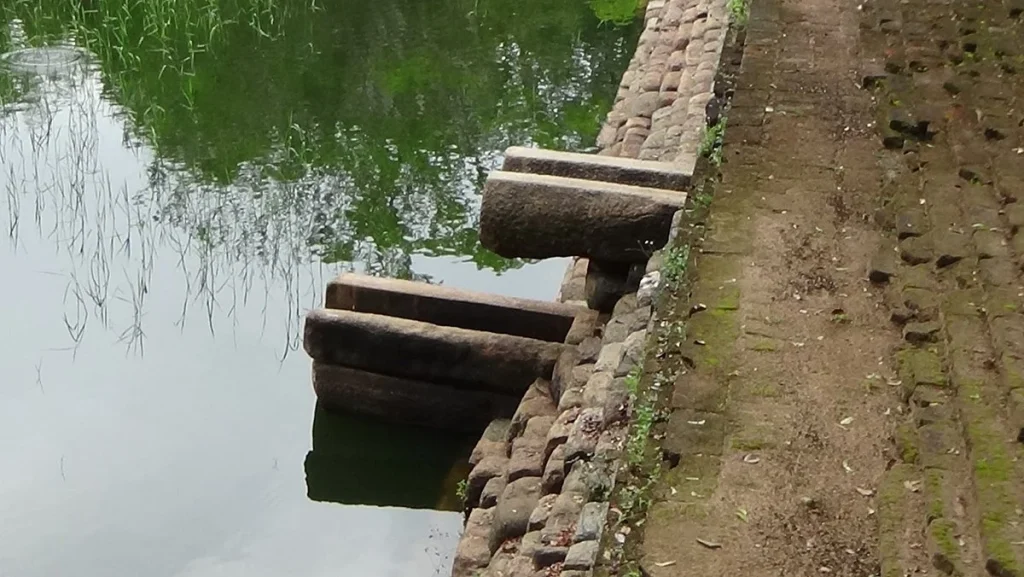
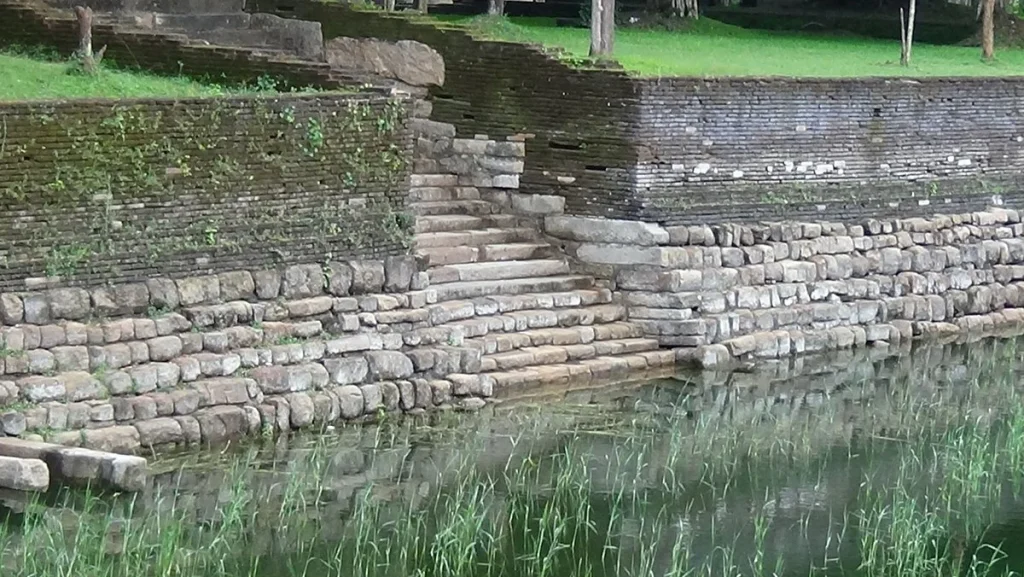
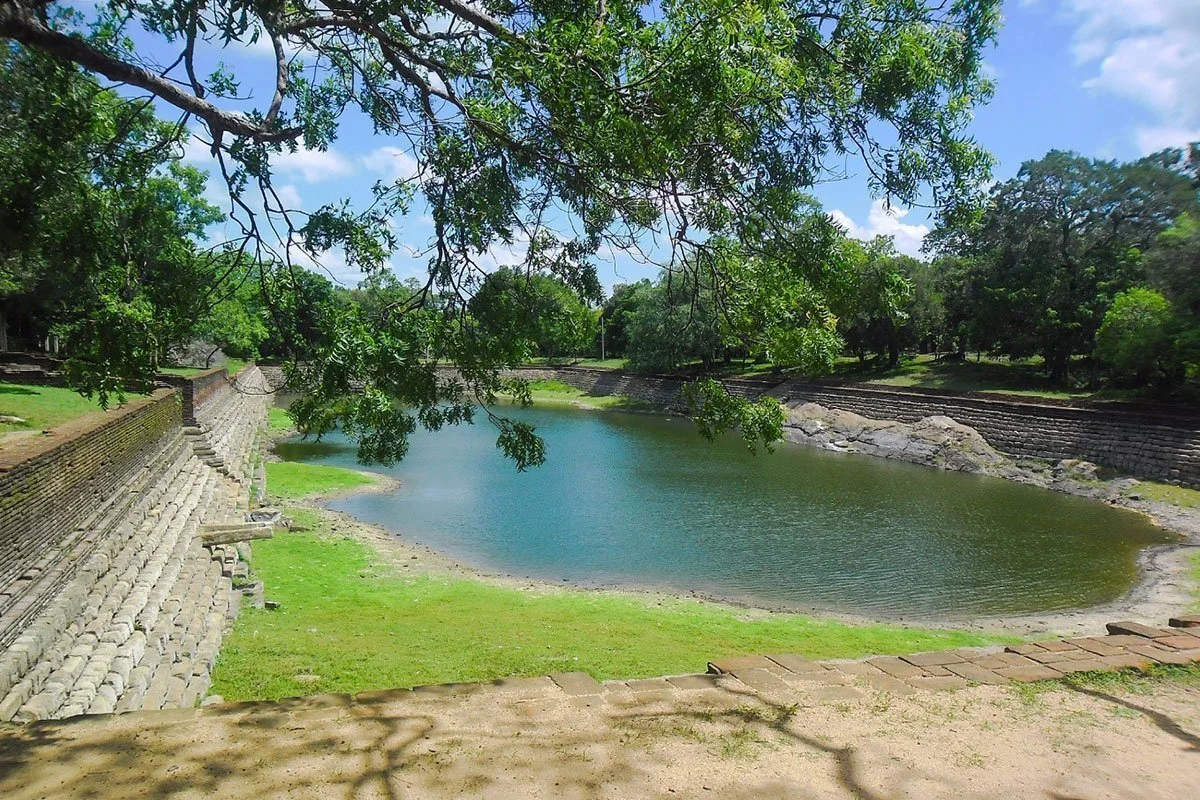
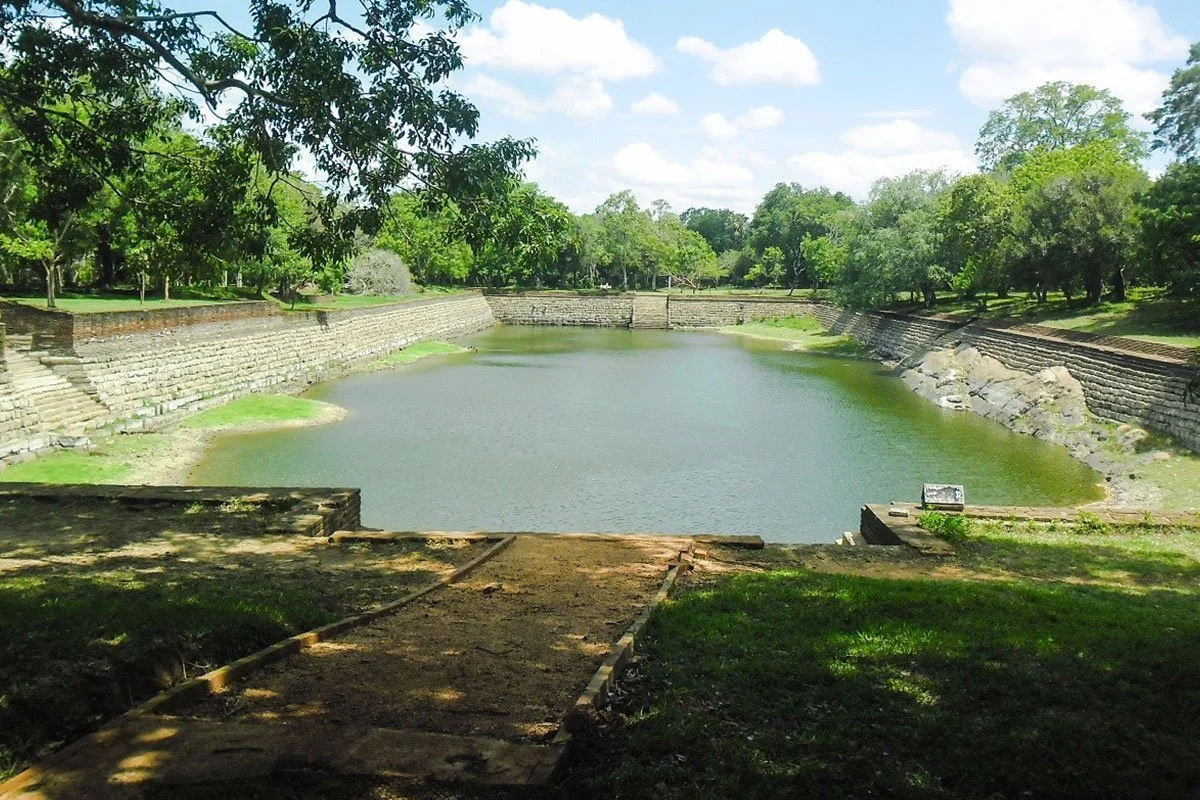
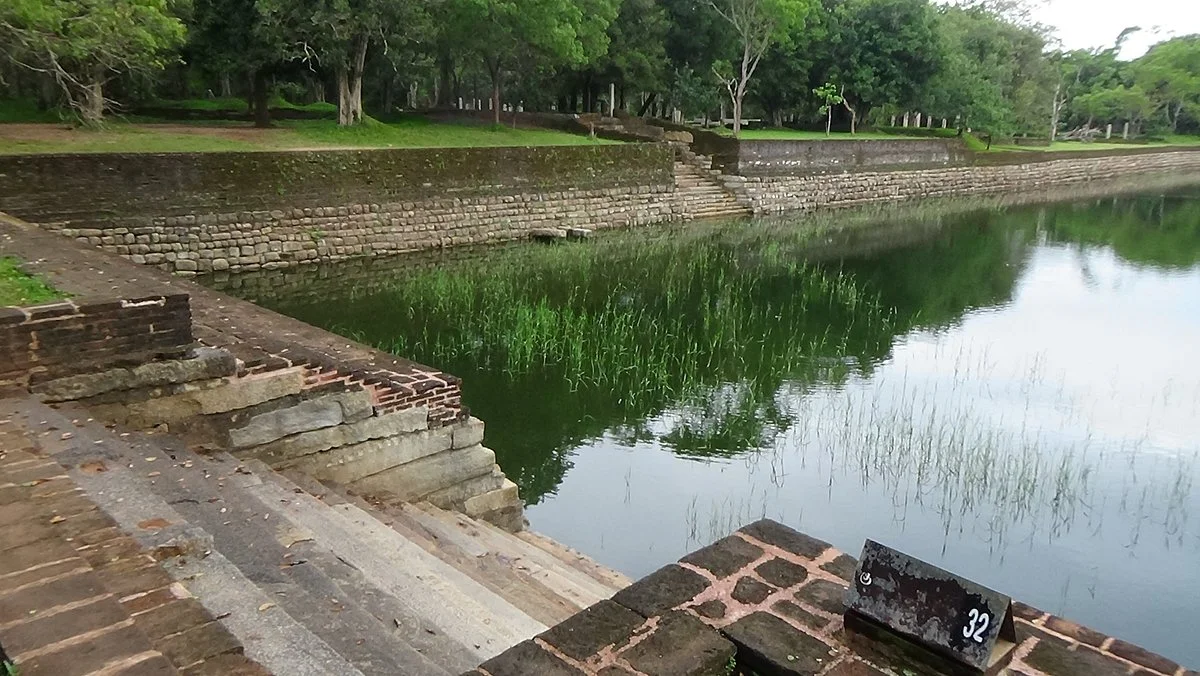
How to Get to Anuradhapura
Anuradhapura is about 200 kilometers from Colombo, Sri Lanka’s capital. It can be reached via bus, train, or private vehicle. The city is well-connected to other major destinations in Sri Lanka, making it an essential stop on any cultural tour of the island.
- By Train: The train from Colombo Fort to Anuradhapura takes around 4-5 hours and offers scenic views of the Sri Lankan countryside.
- By Bus: Buses run frequently from Colombo and other major cities to Anuradhapura. The journey by bus typically takes about 5-6 hours.
- By Car: If you prefer a more flexible mode of travel, renting a car or hiring a taxi is a convenient option. The journey from Colombo takes around 4 hours via the A9 highway.
Why You Should Visit Eth Pokuna
Eth Pokuna is not just a marvel of ancient engineering; it is a symbol of the advanced understanding of water management in ancient Sri Lanka. Visiting this site offers a window into the past, allowing you to appreciate the ingenuity and foresight of a civilization that thrived thousands of years ago. Its tranquil surroundings also provide a peaceful respite from the busier tourist spots, making it an ideal location for both history enthusiasts and those seeking a quieter experience.
Conclusion
If you are planning a visit to Anuradhapura, Eth Pokuna should definitely be on your list of must-see attractions. Its historical significance, engineering brilliance, and serene beauty make it a highlight of any trip to Sri Lanka’s ancient kingdom. Whether you are a history buff or a traveler in search of unique experiences, Eth Pokuna offers an unforgettable glimpse into the rich heritage of Sri Lanka.
See More Tourist Places Click Here




















